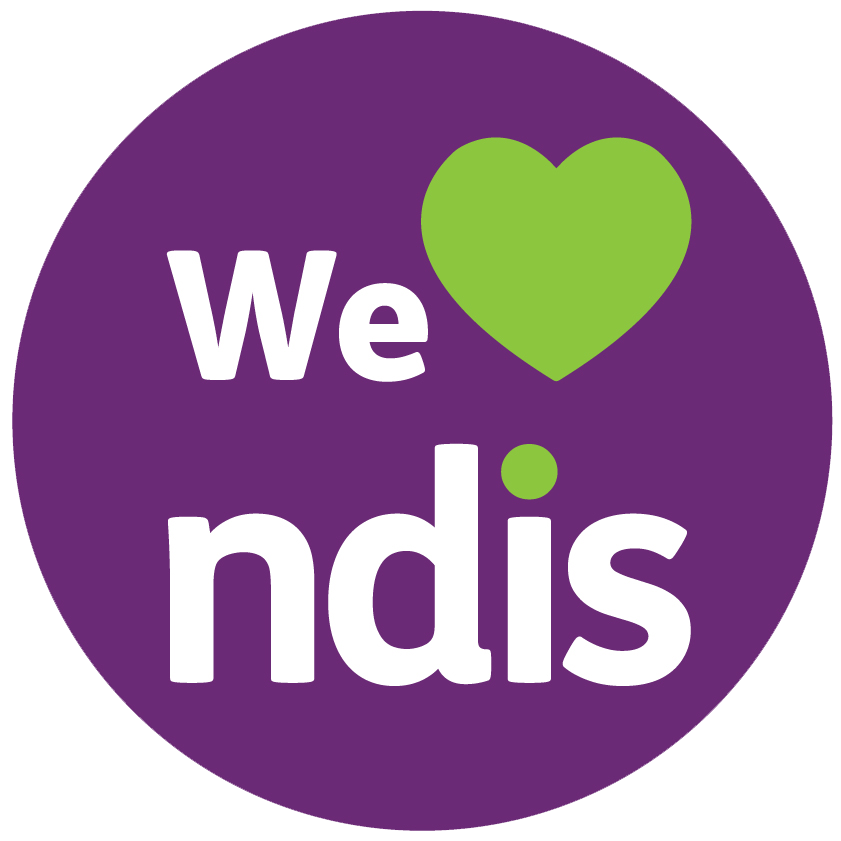Unlocking Wellness: The Transformative Power of Allied Healthcare Services
In a time where health and wellness are always top of mind, embracing a holistic approach to healthcare has become increasingly essential for Australians of all ages. Think Reformer Pilates, Mediterranean Diet, and Run Club. In a recent poll conducted among our LinkedIn followers, the consensus is clear: the majority agree that integrated healthcare services are extremely important for holistic patient care. We also recognise how our role as Physiotherapists, Occupational Therapists, Speech Pathologists, and Dietitians positively contribute to mental, emotional, and social well-being. Through our integrated allied healthcare services available nationwide, we embody this ethos, providing transformative health care that addresses every facet of our clients' lives. In this blog, we delve into the significant role of Allied Health Workers and the strength of collaborative care, a principle we wholeheartedly embrace at Vivir Healthcare to support our clients in achieving their goals.
Why Allied Health Workers Matter
With roughly 200,000 registered allied health professionals in Australia, it is fair to say that Allied Health Workers play a pivotal role in the Australian healthcare system and serve as the backbone of patient care. Allied Health Workers, also known as Allied Health Professionals and Allied health Practitioners, are healthcare professionals who are university qualified and or have a national body accreditation. Their jobs are to use best practices to support clients in the prevention, diagnosis, and treatment of their health conditions – whether that be a severe ankle sprain condition, to recovery from a heart attack.
Their expertise spans a diverse range of disciplines, including physiotherapy, occupational therapy, speech pathology, and dietetics. But what sets them apart is their collaborative approach to addressing human health challenges. This is important where individuals are facing increasingly complex health issues that require a multifaceted approach. This is where allied health services like Vivir Healthcare shine. They not only treat specific ailments but also consider the broader context of each client’s life, including their environment, lifestyle, and personal goals. By taking this holistic view, they can deliver more comprehensive
and effective care that truly transforms lives.
For example, one of our clients, Simon* was originally referred to Vivir Healthcare for pain management on his knee and back, as well wanting to maintain his mobility. After conducting a subjective assessment with one of our amazing Home Care Physiotherapists, Jyoti, we learned that his goal was to stand and tend to his raised garden bed. Through collaborative ongoing efforts with Jyoti and working on his lower limb strength and balance exercises, he is cultivating strength, resilience and sharing his passion for gardening!
The Need for Holistic Care through Collaboration
At Vivir Healthcare our team of Allied Health Professionals works seamlessly together to provide integrated care that addresses the diverse needs of our clients. Our Physiotherapists focus on improving mobility and function, our Occupational Therapists assist with daily activities and independence, our Speech Pathologists help with communication and swallowing disorders, and our Dietitians offer nutritional guidance for optimal health.
But it doesn't stop there. Our Allied Health Assistants play a crucial role in supporting our clinicians who are communicating with and treating the client via telehealth, ensuring smooth coordination and continuity of individualised care. Together, we form a cohesive unit dedicated to enhancing the well-being of our clients.
For instance, when one of our Physiotherapists attend to a Home Care client, once they achieve what they can with the client, as part of their review and reporting they will then, in the client’s best interest, internally refer the client to get further support by one of our Occupational Therapists.
What sets our approach apart is our unwavering commitment to personalised care. We understand that every individual is unique, with their own set of challenges and goals. That is why we take the time to listen, understand, and tailor our services to meet each person's specific needs.
Whether it's helping a stroke survivor regain independence, assisting a child with developmental delays, or supporting someone on their journey to better health, we are here every step of the way. By addressing the root causes of health issues and empowering our clients to take control of their well-being, we passionately support every person so they can continue living a meaningful life - wherever they live.
Indeed, in a world where wellness is more important than ever, embracing a holistic approach to healthcare is key. At Vivir Healthcare we are proud to offer allied healthcare services that go beyond just treating symptoms – we are committed to making lives better. With our collaborative team of Physiotherapists, Occupational Therapists, Speech Pathologists, Dietitians, and Allied Health Assistants and personalised approach to care, we are helping individuals in Australia achieve their full health potential.
Interested in learning more about our Home Care services? Click here.
To fill out our In-home referral form, click here.
*Name of client changed to protect their identity








